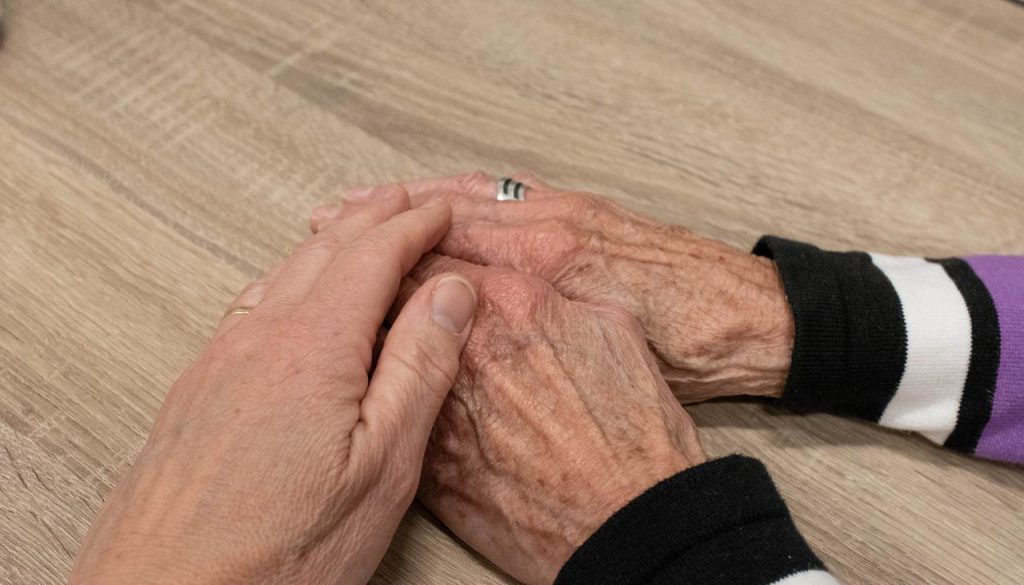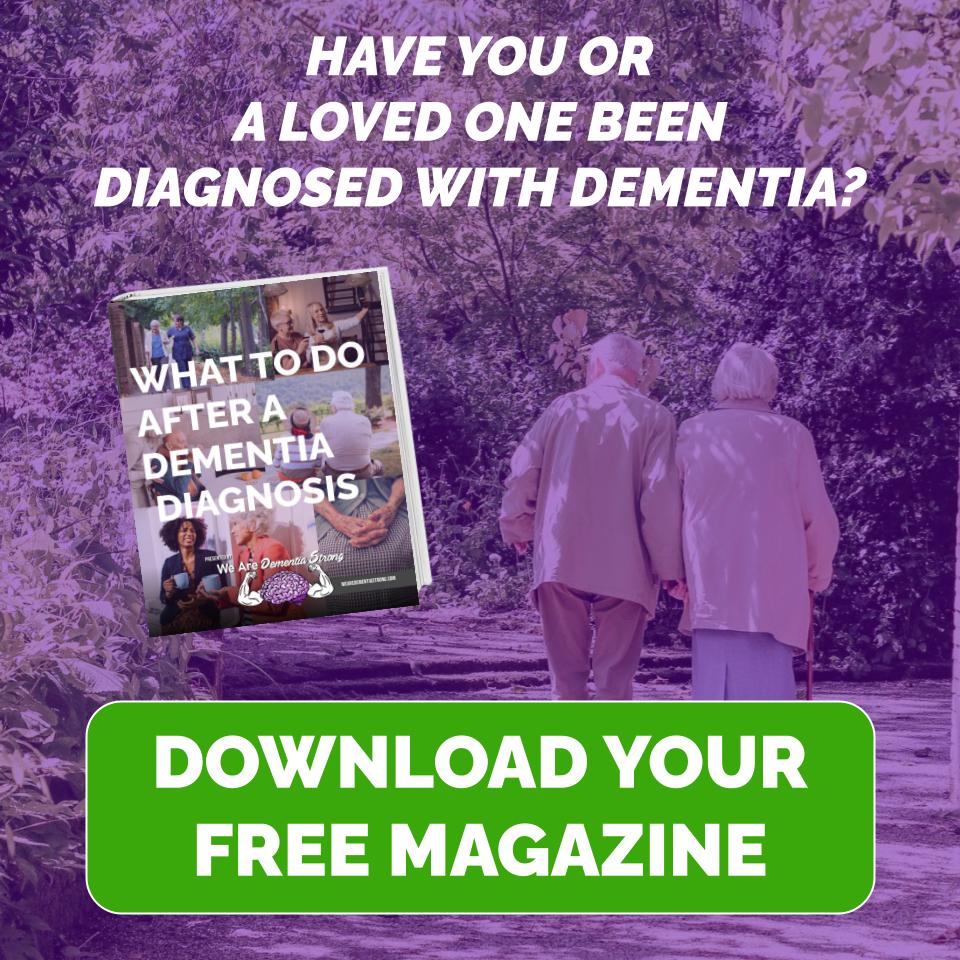Our New 2-2-2 Life-Care Plan
By Maureen Rulison
We’ve said for a long time now that a well-made life-care plan should be flexible. It should account for the expected – and unexpected – that comes with aging in good health and bad. It should factor the care recipient’s needs. Just as importantly, it should factor the needs of any and all care partners, because at some point we all must become recipients of compassion and care ourselves along the way.
So Brian and I would like to introduce our new 2-2-2 life-care plan. Catchy, right? It has a little ring to it – the brainchild of our friend and care-partner team member Mel Coppola. OK, so it’s not the entire life-care plan, but it’s an important part of our plan that mobilizes our care-partner team in case I’m not there.
But 2-2-2? What’s that mean? It plans for Brian’s care if I’m not able to be there as his primary care partner for two hours, two days and two weeks.
How We Built This New Part of the Life-Care Plan
It took a sit-down meeting of everyone involved. Yes, everyone. Everyone needs to be on the same page. So we met – the eight care partners, including close family and friends, and ourselves – at our house. We prepared a little meal and sat down for some very frank discussion about:
- Brian’s current realities living with Alzheimer’s and vascular dementia
- The likelihood of an emergency – medical or otherwise – affecting Brian or myself
- Care partner time commitments and abilities to deliver care in a pinch
- Home care and respite care alternatives
So here’s how we framed the conversation.
A Brief Refresher
Everyone needs a little refresher because sometimes years can go by with no action needed. People, in general, get wrapped up in their own daily routines and responsibilities. They may gradually forget details associated with your plan.
Even if they were a big part of crafting yours or your loved one’s life-care plan initially, it’s easy to forget who committed to what. Was “Cousin Carl” supposed to stay with Brian in a prolonged emergency, or was that “Sister Sally’s” job? Was “Neighbor Nancy” supposed to pick up groceries and prescriptions, or “Brother Bob?”
So it’s important to lay out the plan and reiterate responsibilities as they currently stand.
Adjusting to New Realities
Because years may have passed, the plan now must adjust for changing realities. Circle around the room and give everyone a chance to discuss their lives today. As you know, people get new jobs, homes and responsibilities. Kids and other family members enter or leave the picture and require their own unique styles of care. Perhaps a care partner’s child now plays on a travel baseball team, or an in-law has now moved in for full-time care themselves.
We’re so happy we had this conversation. Even some of the most honest people might be afraid to come forward, without prompting, and say their level of commitment has changed. But if you approach it from the “no hard feelings” angle – and truly mean it – they’ll share more freely for the good of the team.
Two among our eight-member care-partner team noted their professional and personal responsibilities would lessen their involvement. Immediacy is now an issue for them. And that’s fine! At least we now know those critical details to plan forward.
We’ve also had to adjust to Brian’s new realities. In recent months, Brian has had a pacemaker procedure in addition to his steadily progressing dementia. The things we knew – and thought we knew – one year, two years, five years ago are completely different. The life-care plan must change accordingly.
Managing Emotions
This one was particularly emotional for Brian. (He wrote some of his own thoughts on the process here.) You see, he’s not actually a selfish man, as much as he may joke. He’s a very loving man, and we love him all the more for it. But he’s admittedly grown accustomed to things being about him. And that’s no judgment – we would ALL get to that point after years of living with dementia and having our lives tailored to our medical and personal needs.
I’ll let him speak for himself, but I believe he made some great personal strides, even for the ripe old age of 62. Because here’s the reality: I have needs, too, including running this Patient Advocacy business, attending to my own medical issues, and taking time for myself. I must leave the house often to run errands or visit a client. And everyone needs to step away to smell the roses.
Brian was visibly upset when we discussed the possibility of me being gone for two hours, two days or two weeks. He just doesn’t want anything to happen to me and can’t imagine me not being there to help him, however long that may be. But I told him, “OK, Brian, if I can’t attend to my own medical and personal needs, I won’t be here very long to help you in the end.”
The message sunk in for him, as it did for everyone else on the care-partner team. We’re all close family and friends, and we all must face the often emotional realities along the uncertain path ahead.
So What Was Our Conclusion Under the New 2-2-2 Life-Care Plan?
Things needed to change. We needed to consider bringing new parties to the table to fill in gaps that have naturally emerged with time. Again, I can’t stress flexibility enough. We learned from my medical scare in December that a life-care plan must evolve and be fire-drilled for effectiveness.
From both mine and Brian’s lived and professional perspectives, we know time is a care partner’s most precious commodity. And that’s exactly what we’re asking – time. We will engage a local home-care agency to begin scheduling regular times to visit with Brian and getting to know each other. We will also look for friendly neighbors closeby who may help in a pinch or visit periodically.
So 2-2-2. We planned for what would happen if I’m indisposed for two hours, two days and two weeks. We assessed current and anticipated realities for everyone involved. We shared emotions freely. And we now know who will do what and when. (This plan may very well change with time, too.)
What does your life-care plan look like? As a professional life-care planner and a Board-certified Patient Advocate, I assist individuals and their care-partner teams every day. And then I come home to fulfill our life-care plan with my Brian. If you need help, Caregiver Support and Resources, LLC can help you to build a plan and refer you to great community care resources.






